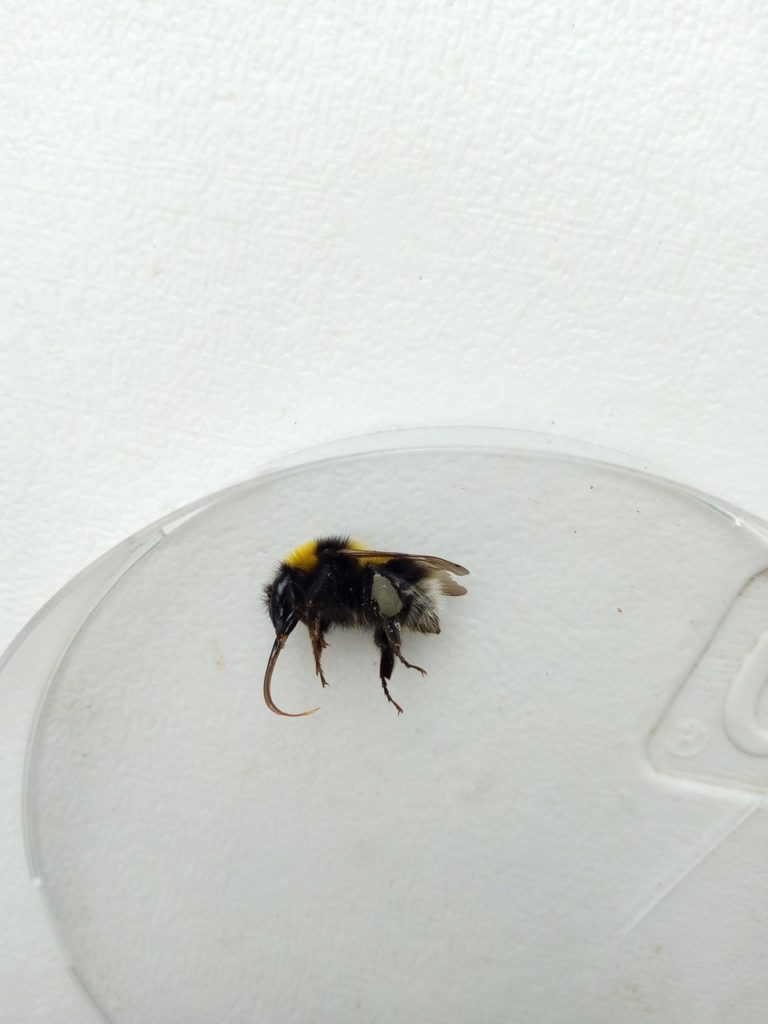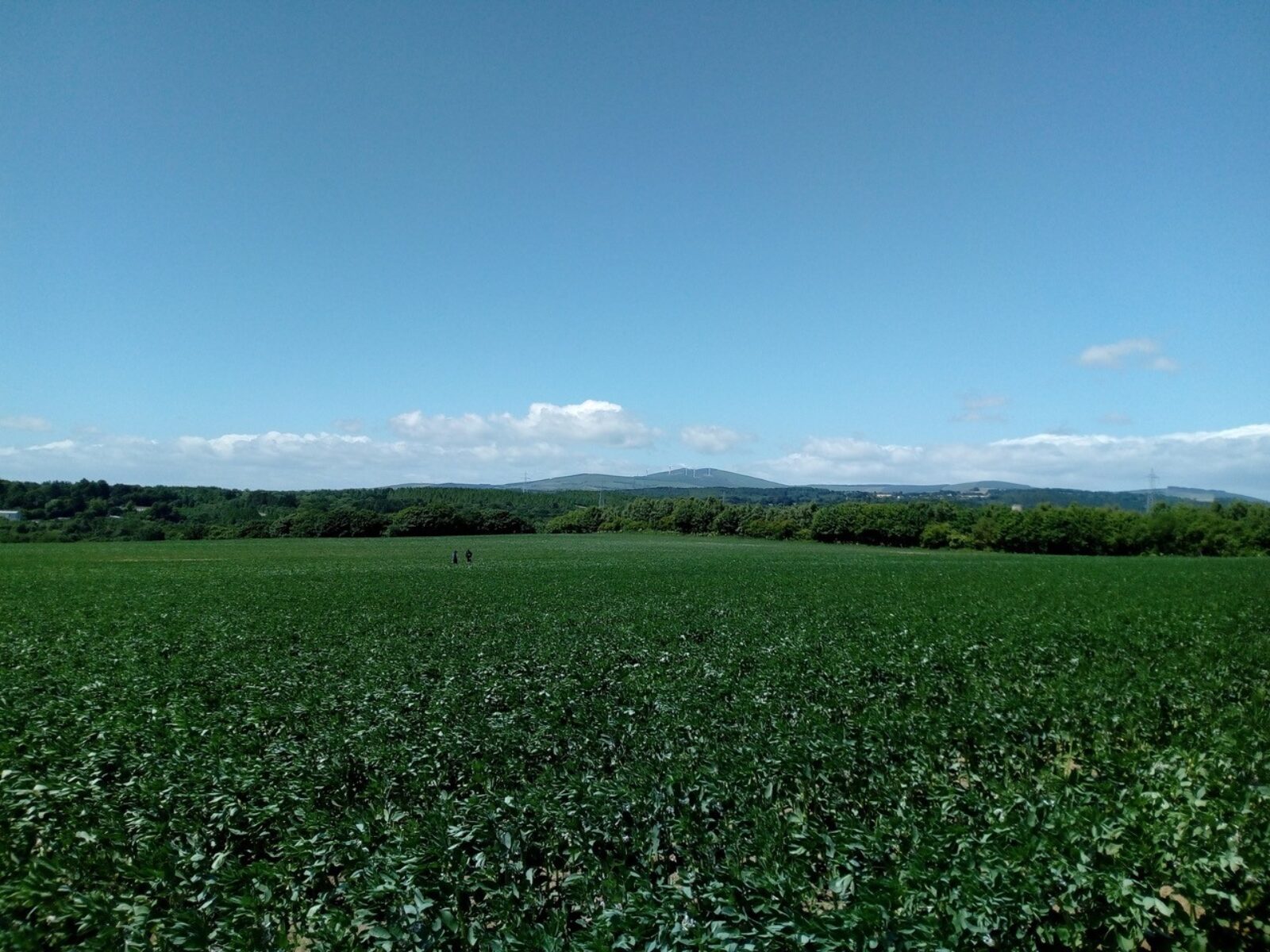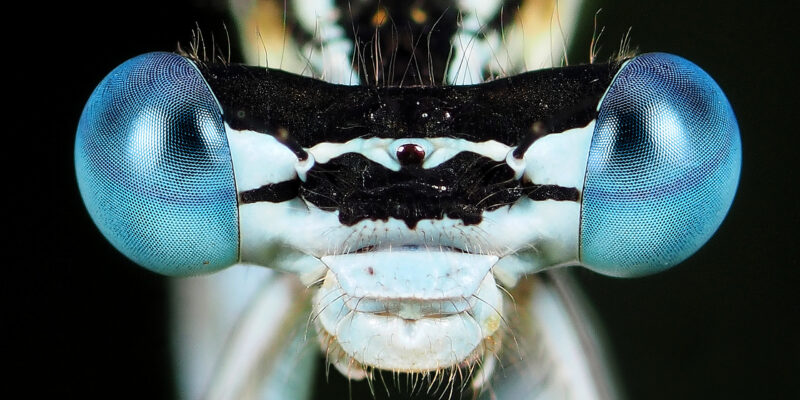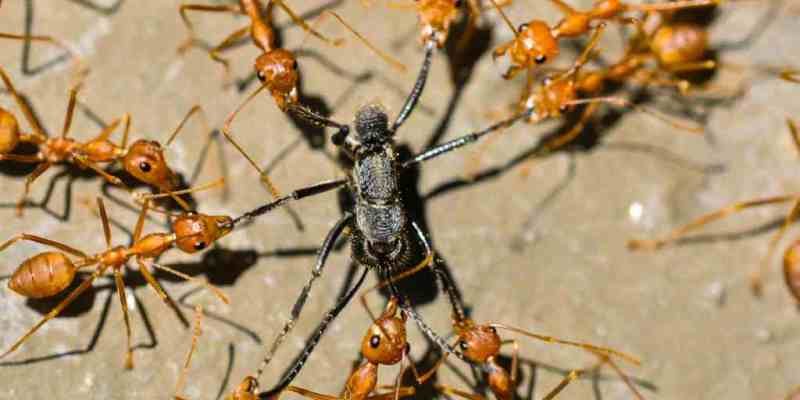Irish faba beans (Fabales: Fabaceae) depend on wild bumblebee pollination for marketable yields

New research published today (31 January 2023) in the Royal Entomological Society (RES) journal Agricultural and Forest Entomology conducted by Dr Katherine Burns and Dr Dara Anne Stanley from the School of Agriculture & Food Science at University College Dublin comes just days after it was suggested by researchers at University of Reading, that using broad bean flour in commercial bread production could offer significant environmental and nutritional benefits.

Farmers of broad beans in Ireland would benefit from reduced pesticide use and the creation of habitats for wild bumblebee populations to secure the best possible marketable crop yields. While honeybee populations might aid pollination, seasonally introduced or nearby year-round, it is the wild bumblebee that accounts for around 70% of the marketable yield.
Though broad beans (also known as faba or fava beans) are capable of self-pollination, several studies have indicated that insect pollinators significantly increase yields. This new research, the first to study identifiable insect pollination of broad beans in Ireland, finds that wild bumblebee pollination contributes most significantly to the crop’s production value. Insect pollination accounts for almost half of Ireland’s total broad bean market value, with the pollinator contribution estimated at almost €4,000,000 per year. Relative to other pollinators, wild bumblebees contribute to around 70% of the economic value of pollinated broad beans, driven mainly by the long-tongued species Bombus hortorum, which is best adapted to the long-corollae flowers of broad beans.
Speaking about the findings of the research, which was conducted in eight conventionally managed broad bean fields in Southeast Ireland in 2018 and 2019, Dr Katherine Burns said:
“With this research we wanted to quantify the contributions of insect pollinators to what is a hugely valuable crop here in Ireland to better understand how pollinators should be managed and protected. We found that wild bumblebees are overwhelmingly the most important pollinator of broad beans and that plants pollinated by wild bumblebees, which are less abundant but much more effective, accounted for most of the marketable bean yields.
As a result of the findings, we recommend that Bombus hortorum (commonly known as the garden bumblebee) populations are actively encouraged on farmland for both economic and environmental benefits. Legume-based wildflower mixes, particularly perennial mixes dominated by Trifolium pratense (red clover), should be introduced to field margins. They have a longer flowering season than the broad bean crops, encouraging the bumblebees to continue to use the farmland beyond the bean harvest. It might also help to provide appropriate nesting material along the edges of fields to encourage wild bumblebee populations for the longer-term.”
Dr Katherine Burns
Broad bean is a widely grown insect-pollinated crop, with 5.4 million tonnes produced globally over 2.6 million hectares of land in 2019. It is grown as protein-rich food for humans and livestock, and as a nitrogen-fixing break crop to improve soil conditions of arable land. The total area of broad bean and pea crops grown in Ireland increased by almost 10% from 2016-2020 and yearly Irish broad bean production was valued at approximately €12.9 million for the year 2020. Though investigated elsewhere in Europe, no previous research has studied the identity of contributions of insect pollinators to broad bean production in Ireland, despite it being an economically important crop in the country. This new country-specific information may influence future management of the crop and its most valuable pollinators.



Commenting on the potential significance of this new research, Dr Adam Vanbergen of INRAE and the Royal Entomological Society, said:
“RES journals exist to bring much needed scientific research on insects to audiences that can benefit from it and ultimately make a difference to the future of insects on our planet. This research has great significance to broad bean farmers in Ireland and internationally, as they plan pollination management of farmland in the coming growing season.
Pollinators like wild bumblebees face multiple threats including intensive land management and loss of floral resources. This might increase competition for pollen and nectar with managed honeybee populations introduced to farmland for pollination services, but these managed insects are not always the most efficient pollinators as shown by Burns et al., We support the recommendations of this research for farmers to prioritise the welfare of wild bumblebees, not only to improve the economic viability of their crops, but also to secure the long-term survival of a wild pollinator also important for wild plants. We can see that these findings may stimulate land management research and applications encouraging researchers and the agricultural sector (farmers, agri-business, and retailers) to work together to assure crop yields whilst conserving vital wild pollinator biodiversity.”
Dr Adam Vanbergen of INRAE and the Royal Entomological Society
The full research paper can be found here. Agricultural and Forest Entomology provides a multi-disciplinary and international forum in which researchers can present their work on all aspects of agricultural and forest entomology to other researchers, policy makers and professionals.




Read the full article here, open access:
Katherine L. W. Burns, Dara A. Stanley. First published: 30 January 2023.
Irish faba beans (Fabales: Fabaceae) depend on wild bumblebee pollination for marketable yields – Agricultural and Forest Entomology. https://resjournals.onlinelibrary.wiley.com/doi/10.1111/afe.12553






